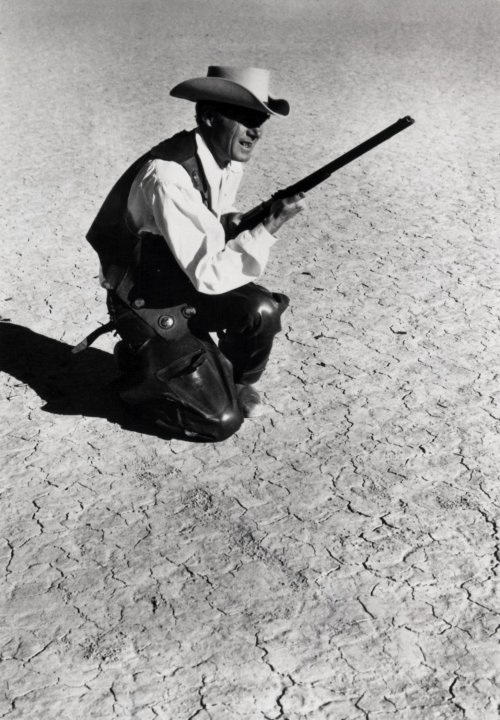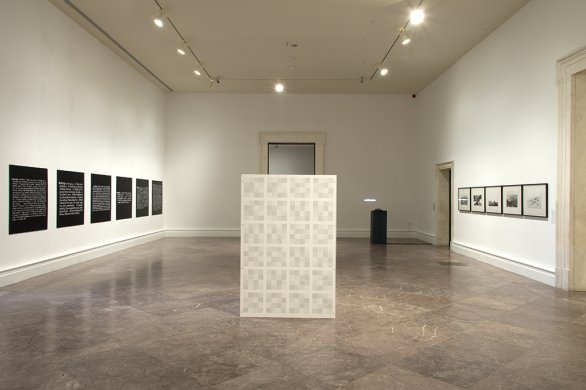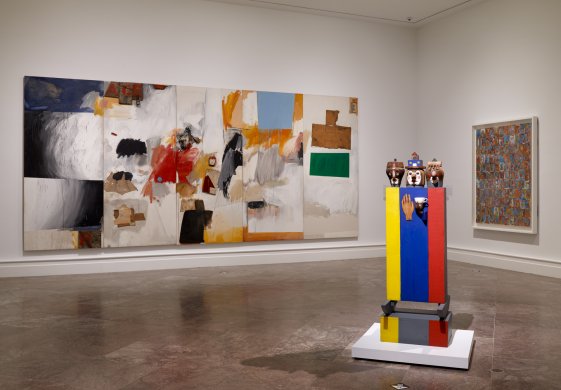Walter De Maria
American, 1935-2013
Hard Core, 1969
Artwork Details
Materials
16mm film, color, sound
Edition:
3/100
Measurements
running time: 26 minutes
Collection Buffalo AKG Art Museum
Credit
The Panza Collection and by exchange: George B. and Jenny R. Mathews Fund, Bequest of Arthur B. Michael, Albert H. Tracy Fund and Bequest of John Mortimer Schiff, 2015
Accession ID
2015:14.13
Walter De Maria is a crucial figure in the history of Minimalism as well as a pioneering Land artist who utilized the Earth’s terrain as a material for artmaking. In 1969, De Maria collaborated with artist Michael Heizer to produce the work presented here, which was filmed in Nevada’s Black Rock Desert. De Maria did not conceive of Hard Core as a traditional film. Offering the viewer an experience of the landscape in real time, it contains neither dialogue nor discernible chronology but rather largely consists of spliced shots of a dried, cracked lake bed and 360-degree pans of an expansive horizon with mountains hanging in the distance. The soundtrack, entitled Ocean Music, is based on recordings of De Maria drumming as an accompaniment to the sound of waves, which both lulls and heightens the tension as the film progresses.
A single narrative moment disrupts the otherwise measured pace of Hard Core. Heizer and De Maria appear dressed as cowboys and engage in a shootout from which both walk away unharmed—an act that evokes an image of the artist as maverick and alludes to the work’s Western setting in the popular imagination. At the end of the film, the viewer is left to contemplate a lingering close-up of a young Vietnamese girl’s face. The United States involvement in the Vietnam War (1955–75) was at its height when De Maria created this work, which makes his choice of concluding imagery all the more poignant.
Label from Giant Steps: Artists and the 1960s, June 30–December 30, 2018





